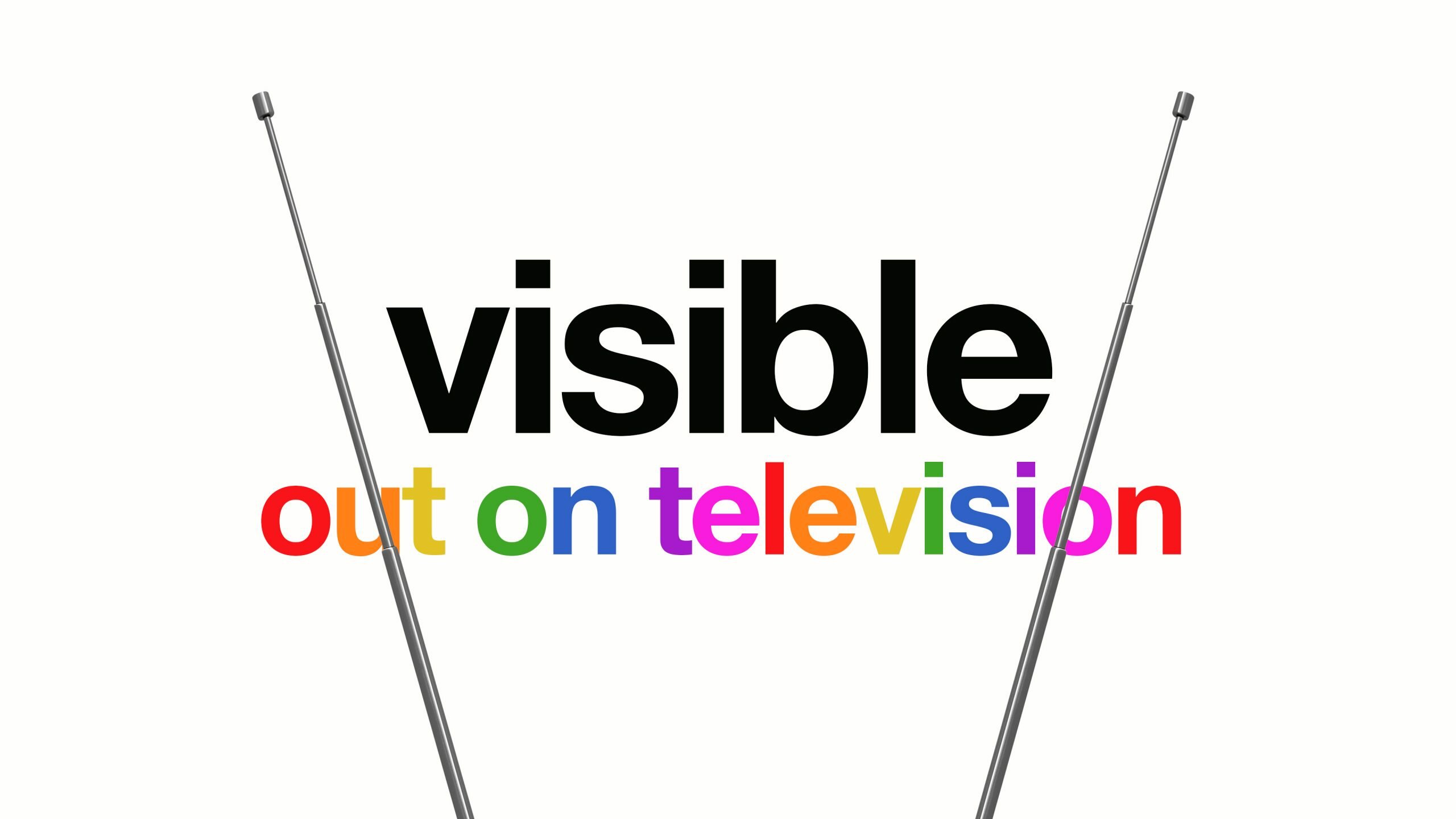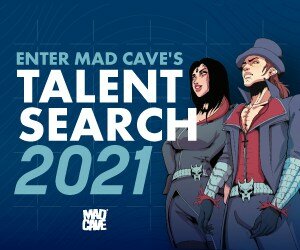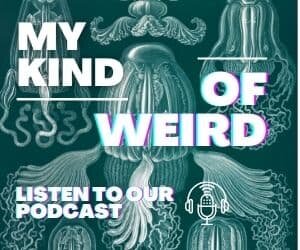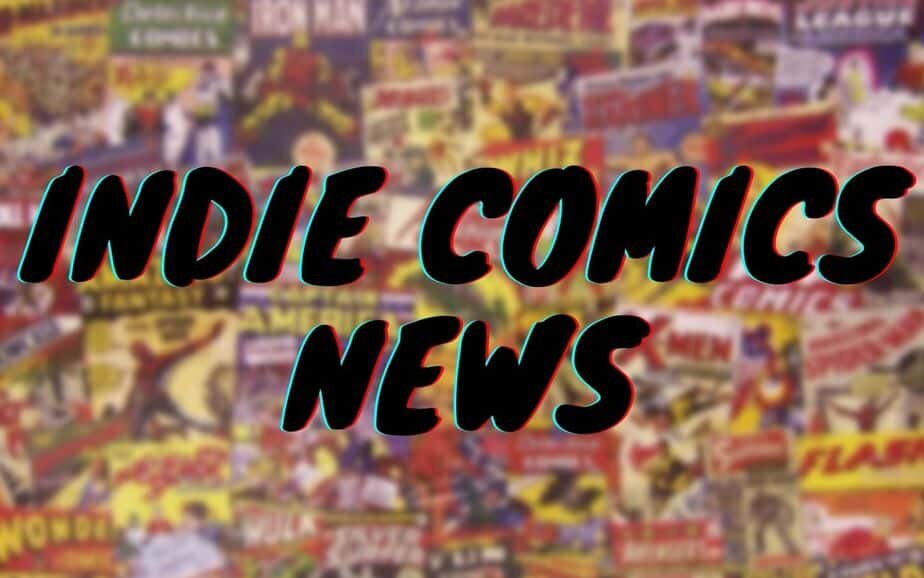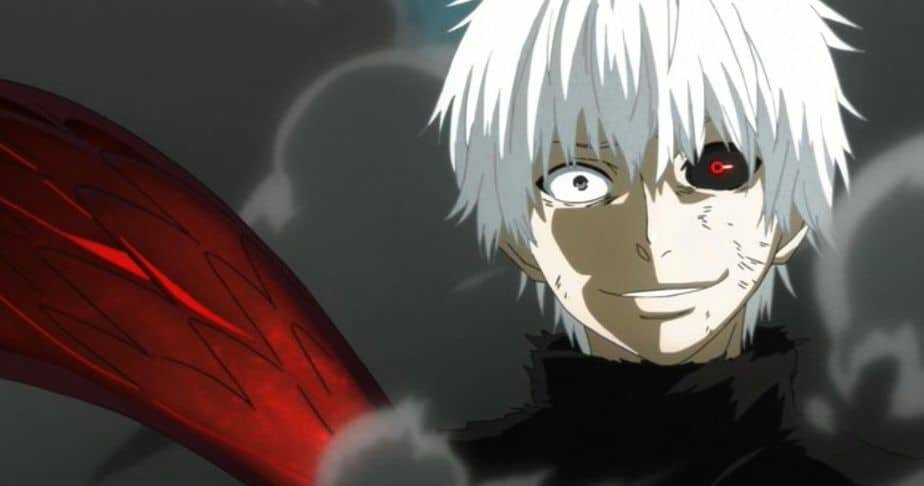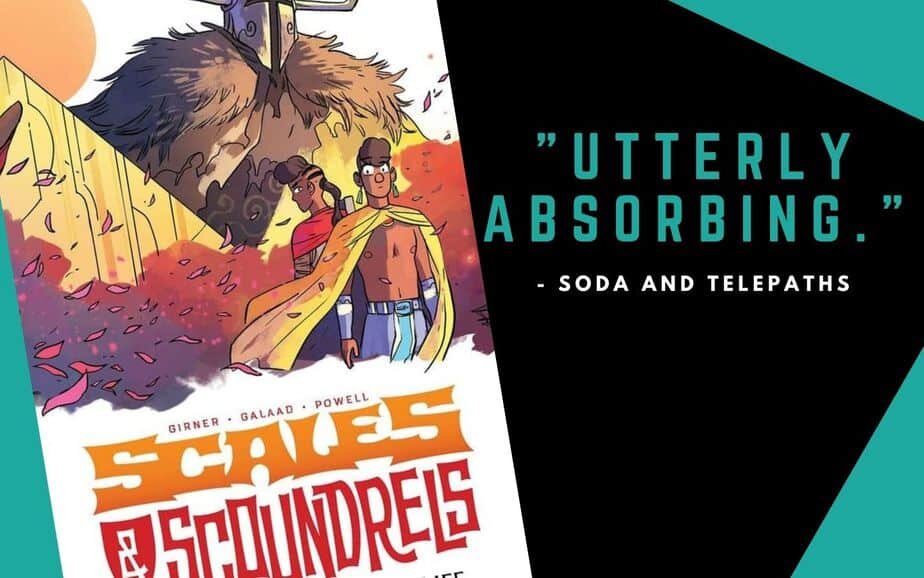The history of television is remarkably short when you actually think about it, if we go by the first demonstration of TV’s back in 1926 then TV is barely even 100 years old… and that’s if we go by when someone first proved that you could beam an image of a face over the airwaves in a way that was recognisably a face, the medium doesn’t even truly start existing in a mainstream way until the 1950s. To put it in perspective, TV is young enough that Betty White has been visible on it since TV was 10 years old.
In that time we’ve witnessed this artform change dramatically in terms of what words were allowed on it, the technology it was transmitted with and who was able to use it in order to tell their stories. One set of stories that has had a particularly tough time with the flickering box is the stories told by the LGBTQIA community, largely because the LGBTQIA community had to fight just to be able to be out in public.
Now the history of the LGBTQIA community on television has been turned into a docuseries for Apple+, a streaming service I may have mocked in the past for being bad but if they’re going to use their platform to create docuseries like this, I think they might just make it work.
[wp-review]
Time for some gay history
Visible: Out On Television charts the history of how the LGBTQIA community has had to be presented on TV throughout the ages. It tells this by breaking the history up into 5 hour-long episodes that focus on a different period of history and telling it with the help of interviews with LGBTQIA entertainers and clips from the programs being talked about. If you ever watched the CNN series on the Sixties, Seventies, Eighties, Nineties or The 2000s then you have a fairly good idea of the format that this series is using, and that format really helps create a framework that Visible is able to use to chart the history of LGBTQIA representation in a very digestible and fascinating way.
The people who they interview for this work are genuinely perfect, everyone knows so much about what they’re talking about and none of them is afraid to call out the problematic areas of them. Billy Porter’s interviews, in particular, stand out as he will flat out say “That’s nice, but where were the black people in this?” and call out major problems. Several other major interviewers do the same, from Janet Mock and Adam Lambert to Candis Cayne and Wanda Sykes, all of whom (and many others) help to put a lot of these works into important contexts.
It’s about being visible
The series is not afraid to point out the problem areas in the history of our representation, from heavy use of the Bury Your Gays trope to several gay characters magically turning straight. It’s not all cheery and having people call it out and explain how much it harmed them as individuals to see these things is well handled.
They are also careful in how they use certain people, in part because this series is about who gets to tell LGBTQIA stories and so the majority of interviews are with members of that community. We really only break away from that when talking about certain specific straight people who played important characters and they are only interviewed for one small section, only really there to talk about the character they played before we go back to interviewing the entertainers who carry the remainder of the series.
The most prominent straight person interviewed for the series is Ryan Phillippe who had the honour of portraying one of the first gay teenagers on TV and once he’s done talking about how it felt taking that role and he’s read a letter from a fan (one of the emotional high points of the early episodes), he’s no longer needed in the series. Visible is careful to focus this on the experiences of the community and does it expertly.

Come for the queer, stay for the folk
If I were to pick the episode that really shines with the format it’d be episode 4, Breakthroughs, That’s the episode that takes place mostly in the 90s and opens with Ellen’s coming out. To give a very real timeframe to that, that was 1997… the person writing this review was 9 years old when Ellen came out on television. What the episode then does is show just what hell Ellen went through after coming out, with the backlash to her big moment effectively ending her career for a period of time.
The rest of the episode then dives into this period in history when maybe gay led shows could exist, going from Will & Grace to Queer as Folk to The L Word and everything in between before culminating in Ellen returning to daytime TV. It’s the episode that has the most powerful arc and most effectively shows just how much change has happened, while also pointing out we’ve still got a long way to go.
Pride month this year has been interesting, to say the least, in that we spent a large amount of it indoors but since we are indoors this is your chance to catch up on this great little series and learn a little bit of queer history. Watch this, then maybe hop over to Netflix and watch Disclosure which covers a similar period of entertainment history but for trans people (and it says so much that queer TV history takes 5 hours, trans film and TV history can be done in 90 minutes). These are important documentaries for this period in time, a reflection of where we’ve been so now we can hopefully improve.
Visible: Out On Television isn’t just about showing what came before, it’s showing us there’s so much to be done. It’s absolutely worth your time… even if it means you have to deal with the abysmal streaming service Apple+ in order to view it.

